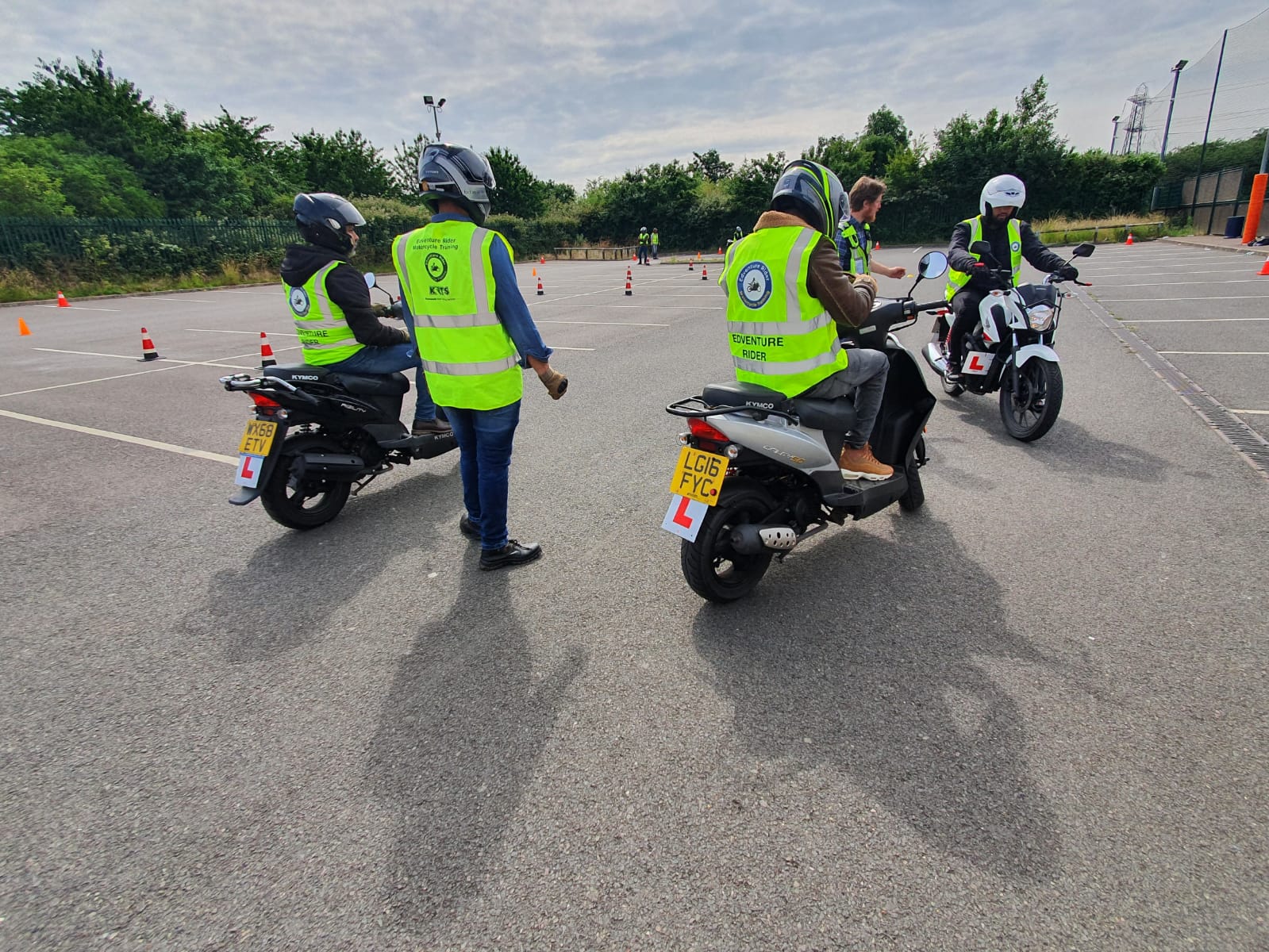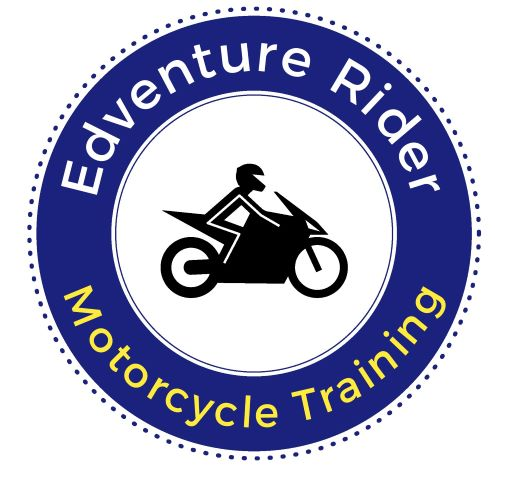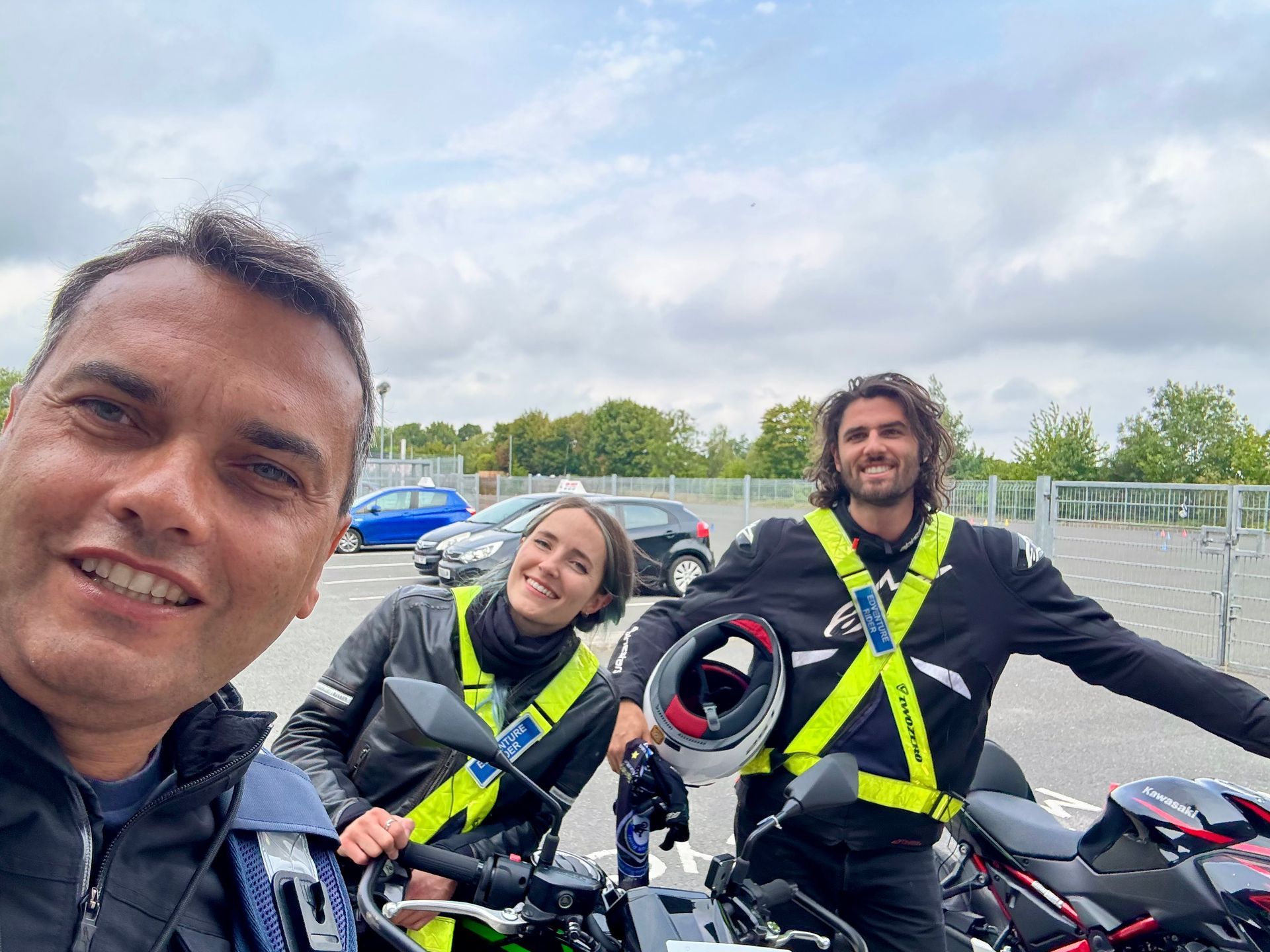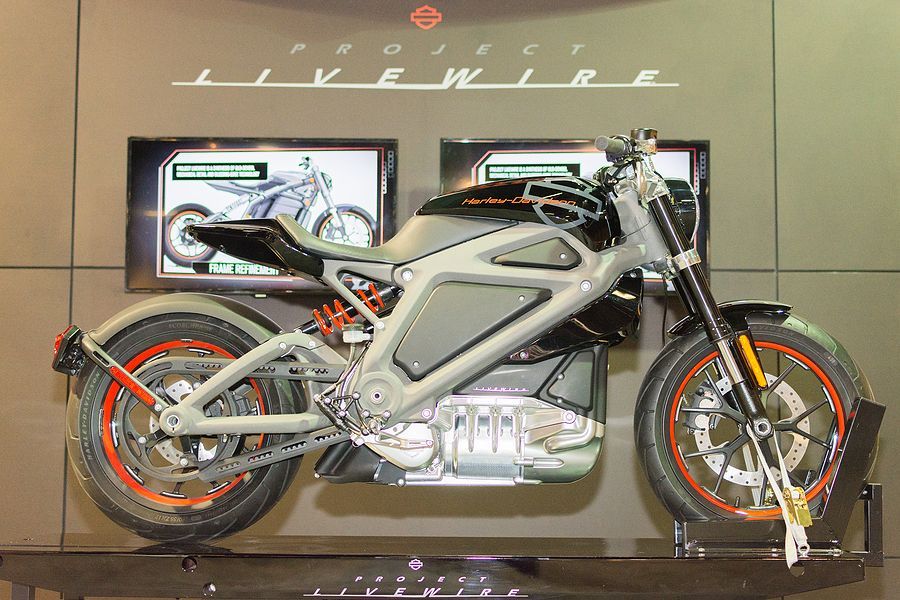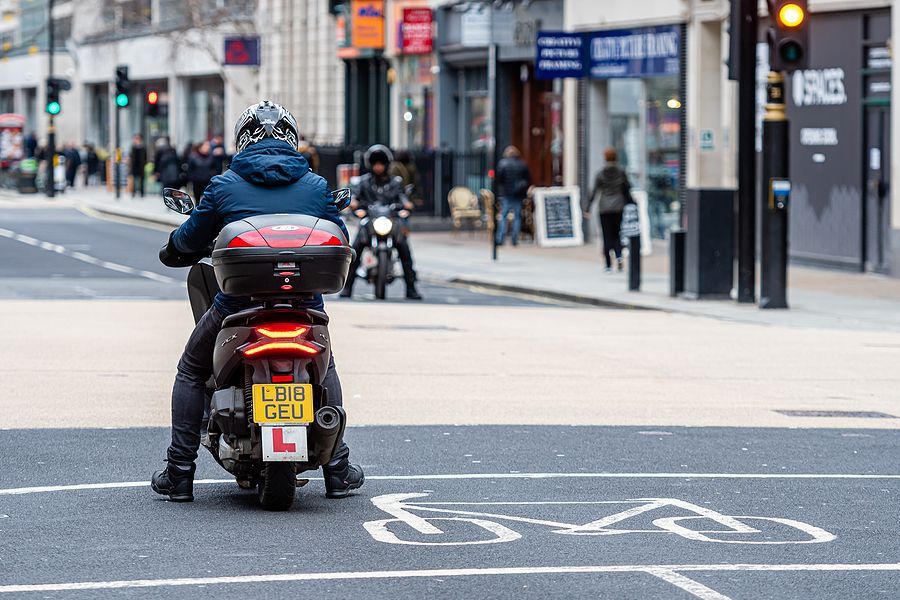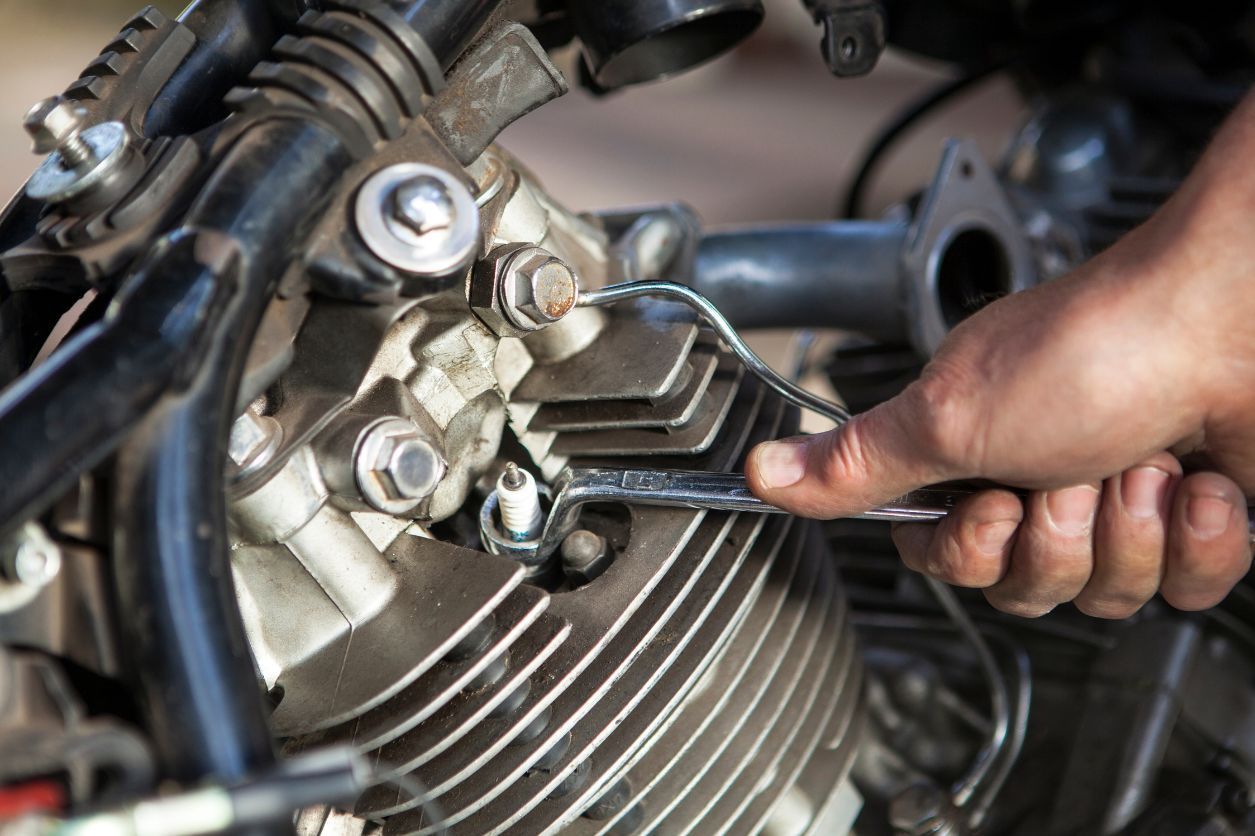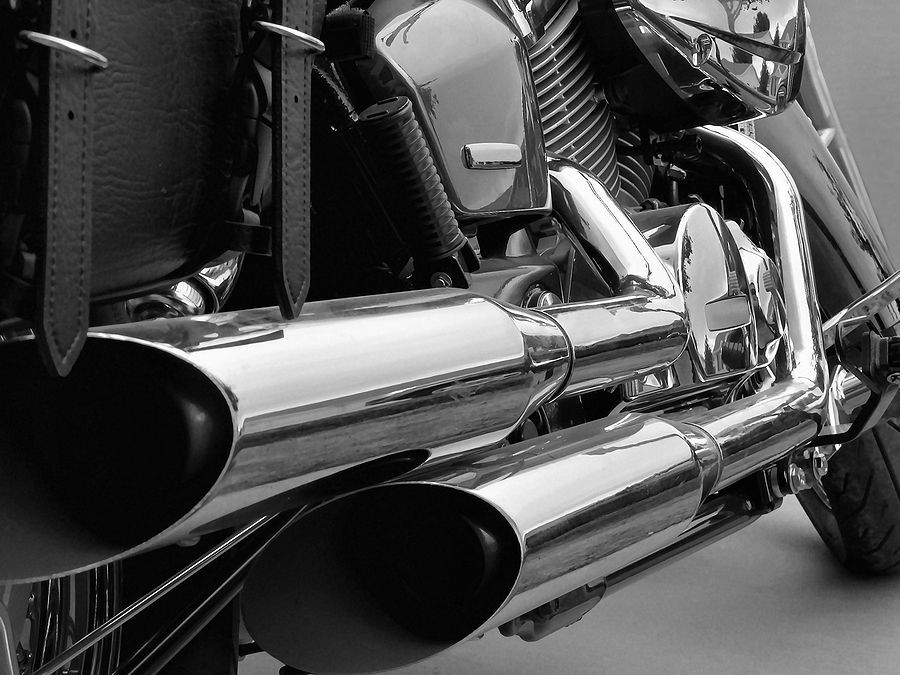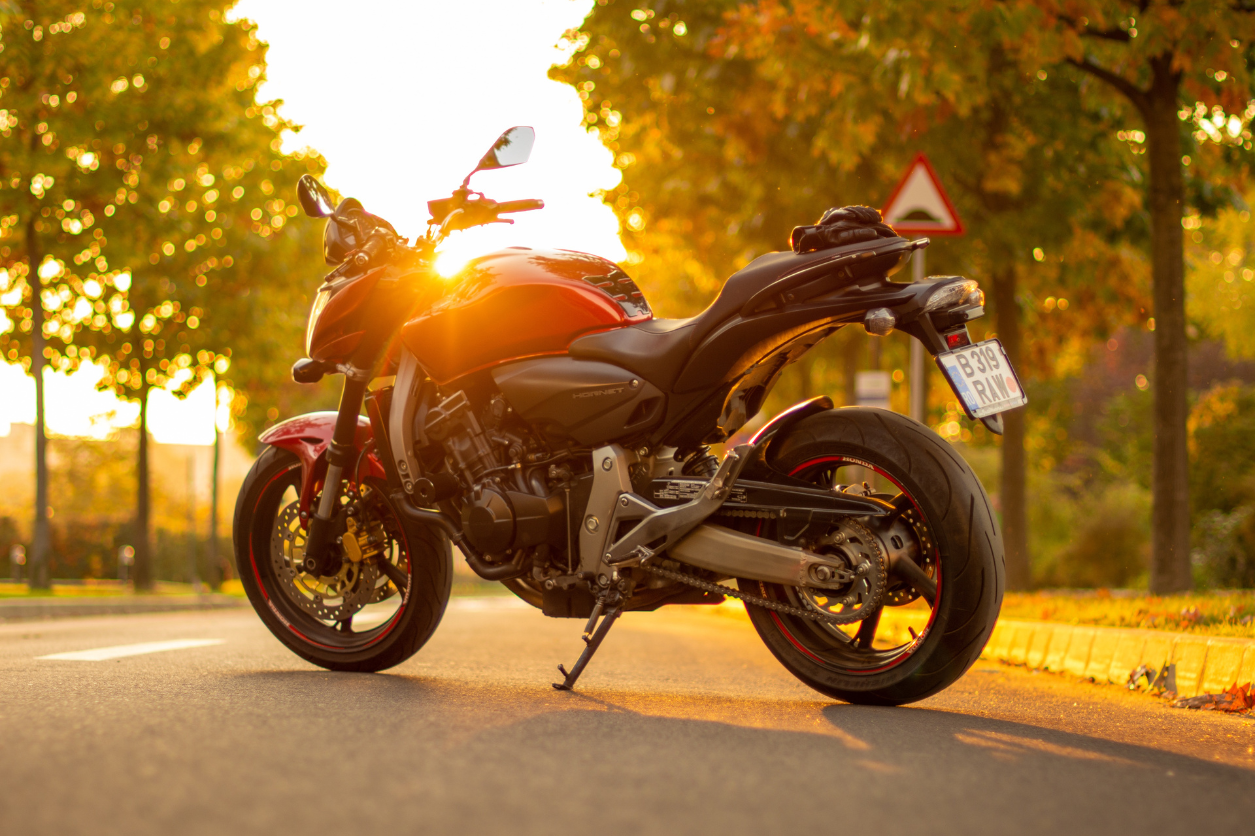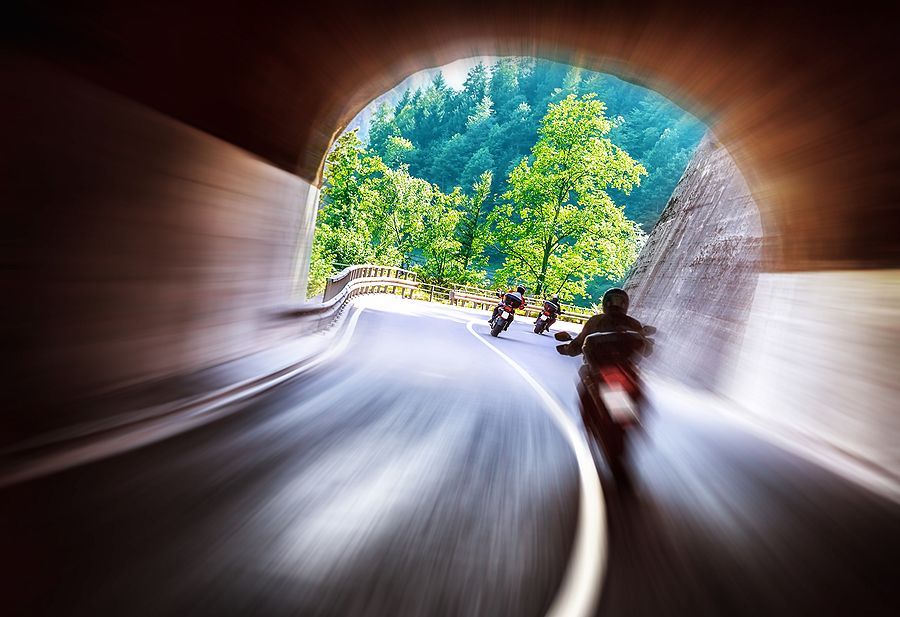Did A Production Motorcycle Make A Manufacturer Bankrupt?
Learning to ride a motorcycle at a driving school is in many respects about learning not only technique and control but also to trust yourself and the bike you are riding, and consistency is vital when it comes to safe riding.
It is a lack of consistency in just one model that ultimately led a manufacturer to go bankrupt.
The Italian name Bimota still exists as a part of Kawasaki, but up until 1997, it was seen as a name on the rise as it transitioned from modifying existing bikes and creating motorcycles for other companies and breaking out on its own as a constructor.
It had a strong legacy as a manufacturer of chassis but was mindful of the inroads Japanese manufacturers such as Kawasaki and Yamaha were making in the sport bike market, and wanted to create a bike made completely on their own.
The result of this was the Bimota V Due, a 500cc two-stroke motorcycle made during a time when four-stroke engines were the standard in its class, but featuring a unique and very complex design.
Initially designed as a Grand Prix bike, the V Due was the first two-stroke bike to have electronic fuel injection, featuring a dry clutch, a six-speed cassette gearbox and forced lubrication to allow for greater fuel economy and reduced emissions.
The prototype models were well-regarded, but due to a lower budget and lack of appropriate parts, the bike was prone to oil leaks and intermittent power delivery, effectively making the bike unrideable and causing the entire first production run to be recalled.
This recall, the expense of failing to fix the issue with the fuel injection system and losing a major sponsor of the manufacturer’s racing team in 2000 combined to bankrupt the company, and whilst the name has continued to exist, it has struggled with financial instability for over two decades.
